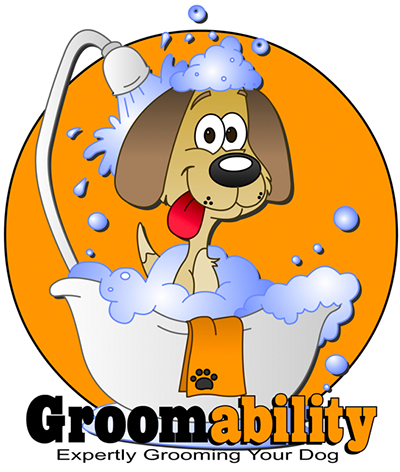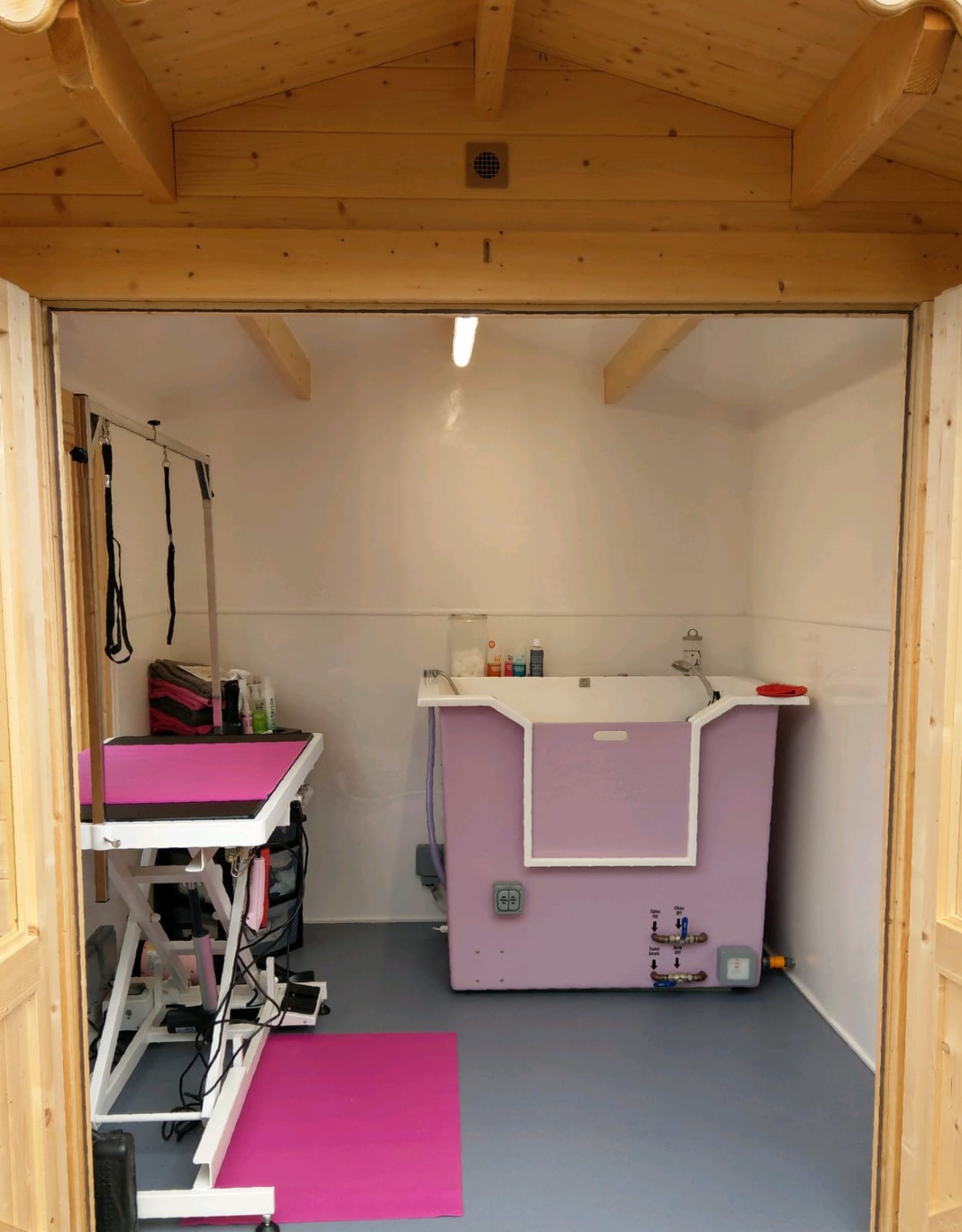Every year, hundreds of dogs in the UK are involved in road accidents, suffer from heatstroke or swallow poisonous substances. Knowing what to do in an emergency could save your pet’s life.
Dogs and emergency situations:
- First ensure the safety of yourself and others. Keep calm and assess the situation before acting. Injured animals are frightened and in pain and may try to bite anyone who touches them.
- Contact the vet. Keep your vet’s phone number to hand and know the name of the practice.
- Always phone first, whatever the situation, as there may not always be a vet available but staff may be able to suggest immediate action you can take
- Have a pen handy in case another number is given. Treatment can usually be provided more quickly if the dog is taken to the surgery, rather than if the vet is called out.
- If there is a risk of biting, put a muzzle on the dog, or wrap tape around the nose and tie behind the ears, unless the dog has difficulty breathing. Small dogs may be restrained by putting a thick towel over their heads.
- Never give human medicines to a dog – many will do more harm than good. Do not offer food or drink in case anaesthetic is needed.
- Drive carefully when taking the patient to the surgery
- If you do get bitten, see your doctor
Is your dog in need of emergency care?
Sometimes, outside normal hours, it is difficult to decide whether urgent attention is needed. You can always call and ask for advice.
You should phone the vet if:
- your pet seems weak, is reluctant to get up, or is dull and depressed
- there is difficulty breathing, or it is noisy or rapid, or if there is continual coughing causing distress
- there is repeated vomiting, particularly with young or elderly animals. Diarrhoea is less serious, unless severe, bloody or the animal seems weak or unwell. Feed small amounts of a bland diet (boiled chicken or white fish) and see a vet if it persists for over a day
- your dog appears to be in severe pain or discomfort
- your pet is trying to urinate or defecate and is unable to. Blockage of the bladder sometimes occurs, especially in males, and can kill if not treated urgently.
- there are sudden difficulties with balance
- a bitch with suckling puppies is agitated, shaking and shivering and will not settle. It could be eclampsia, which needs urgent treatment.
Road accidents and dogs
Prevention is better than cure. Even a well-behaved dog should be kept on a lead anywhere near traffic, including slow moving vehicles. Do not have the collar so loose that the dog can get free.
If the worst happens, beware of other cars. Talk gently to the dog as you approach. Move slowly and avoid making sudden movements. Put a lead on if possible and, if necessary, muzzle before handling. If your dog can walk, go to the vet, even if there appears to be no pain. There may be internal injuries that are not immediately obvious.
If the dog cannot walk, small dogs can be picked up by placing one hand at the front of the chest and the other under the hindquarters. Improvise a stretcher for larger dogs with a coat or a blanket. If the dog is paralysed, there may be a spinal injury, so try to find something rigid, such as a board. Slide the patient gently on to this if possible. Cover with a blanket to reduce heat loss.
First aid for a bleeding dog
Keep the dog quiet and calm. Put on a tight bandage. Improvise with a towel or some clothing if necessary. If blood is seeping through, apply another tight layer. Only use a tourniquet as a last resort. For places you cannot bandage, press a pad firmly onto the wound and hold it in place. Get to the vet straight away.
If you have bandaging materials, place a non-adhesive dressing on the wound and cover with swabs or cotton bandage. Then place a layer of cotton wool. Cover this with more cotton bandage. Stick this to the hair at the top with surgical tape, and cover the whole with adhesive bandage or tape. Do not stick elastoplast to the dog’s hair. When bandaging limbs, the foot should be included or it may swell up. Never leave a bandage on for more than 24 hours.
First aid for dogs with broken bones
Deal with serious bleeding but do not apply a splint – it is painful and can cause the bone to break through the skin. Confine the patient for transport to the vet. Smaller dogs can be put in a box.
First aid for dogs with burns and scalds
Run cold water over these for at least five minutes, then contact the vet. Do not apply ointments or creams but if there is going to be a delay getting to the vets, you can apply saline soaked dressing to the area. Keep the patient warm.
First aid for dogs that have been poisoned
Try to find packaging from the substance swallowed and have it with you when you phone the vet. If chewing plants is suspected, try to find out the identity of the plant. Call the vet immediately. Do not make your dog sick unless the vet says to do so.
First aid for dogs with a swollen tummy
If this happens suddenly, treat it seriously, especially if the dog is a deep chested breed such as a boxer or mastiff. There may also be gulping, dribbling of saliva and attempts to vomit. It could mean there is a life-threatening twist in the stomach. Phone the vet immediately – do not delay.
First aid for dogs with a ball stuck in their throat
Get to the vet quickly. Or you may be able to push the ball out by pushing on the throat/neck from the outside.
If the gums or tongue are turning blue or the dog has collapsed, try the following. You will need someone to help you. One person holds the mouth open, while the other reaches inside. Be careful not to get bitten. If you cannot pull the ball out, lay the pet on their side. Push down suddenly and sharply on the tummy just behind the last rib. The person holding the mouth should be ready to grab the ball as it reappears.
First aid for dogs with coat contamination
If a substance such as paint or tar has got onto the coat or paws, prevent the dog from licking, as it may be toxic. Use an Elizabethan collar (obtainable from vets) if you have one. You may be able to clip off small areas of affected hair. Never use turpentine or paint removers on your dog. You can sometimes remove paint and other substances by bathing the dog in washing up liquid or swarfega, but if a large area is affected, see the vet.
First aid for dogs with heat stroke
If on a warm or hot day your dog is panting heavily and is distressed and especially if the dog is short nosed (eg a boxer), overweight or has been playing or exercising, think heatstroke! Put the dog somewhere cool, preferably in a draught. Wet the coat with tepid water (cold water contracts the blood vessels in the skin and slows heat loss) and phone the vet. You can offer a small amount of water.
First aid for a dog having a fit
If your dog is having a fit, do not try to hold or comfort the dog, as this provides stimulation, which may prolong the fit. Darken the room and reduce noise.
Remove items, especially anything electrical, away from the dog so they cannot cause injury. Pad furniture with cushions. Call the vet.
First aid for a dog in a fights
If your dog seems shocked, dull or distressed after a fight, call the vet. Otherwise, look at the wound. Puncture wounds to the head or body mean you should consult a vet right away. Injuries to the limbs may not need immediate treatment, unless severe or very painful, but take the dog to the vet within 24 hours, as antibiotics may be required.
First aid for dogs with eye injuries
If the eye is bulging out of the socket, apply a wet dressing, prevent rubbing or scratching and call the vet. If chemicals have got into the eye, flush with water repeatedly (preferably from an eye drop bottle) and call the vet.
First aid for a drowning dog
Never put yourself at risk by attempting to rescue a dog.
Wipe away material from the mouth and nose. Hold the dog upside down by the hind legs until the water has drained out. Give resuscitation if breathing has stopped. Even if your pet seems to recover, always see the vet as complications afterwards are common.
First aid for dogs that have received electric shock
If a high voltage supply is involved (non‑domestic, for example, power lines), do not approach. Call the police.
In the home, turn off power first. If this is impossible, you may be able to use a dry non-metallic item, like a broom handle, to push the dog away from the power source. If breathing has stopped, give resuscitation. Call the vet immediately.
First aid for dogs that have been stung
Pull out the sting below the poison sac, then bathe the area in water or use a solution of bicarbonate of soda if available. Applying ice will help to soothe. If the sting is in the mouth or throat, contact the vet as it may swell and interfere with breathing.
Basic dog resuscitation
- Put the animal on their side
- Check that breathing has definitely stopped (hold a wisp of fur to the nostrils)
- Open the mouth, pull the tongue forwards and check for obstructions, such as blood. Be careful not to get bitten when removing any material.
- If breathing does not start, extend the head (nose pointing forwards). Hold the mouth closed and blow into the nose about 20 times a minute. If you cannot feel a heartbeat, push on the chest just behind the front legs every second. Give two breaths into the nose for every 15 compressions of the chest. If this is unsuccessful after three minutes, recovery is unlikely.






